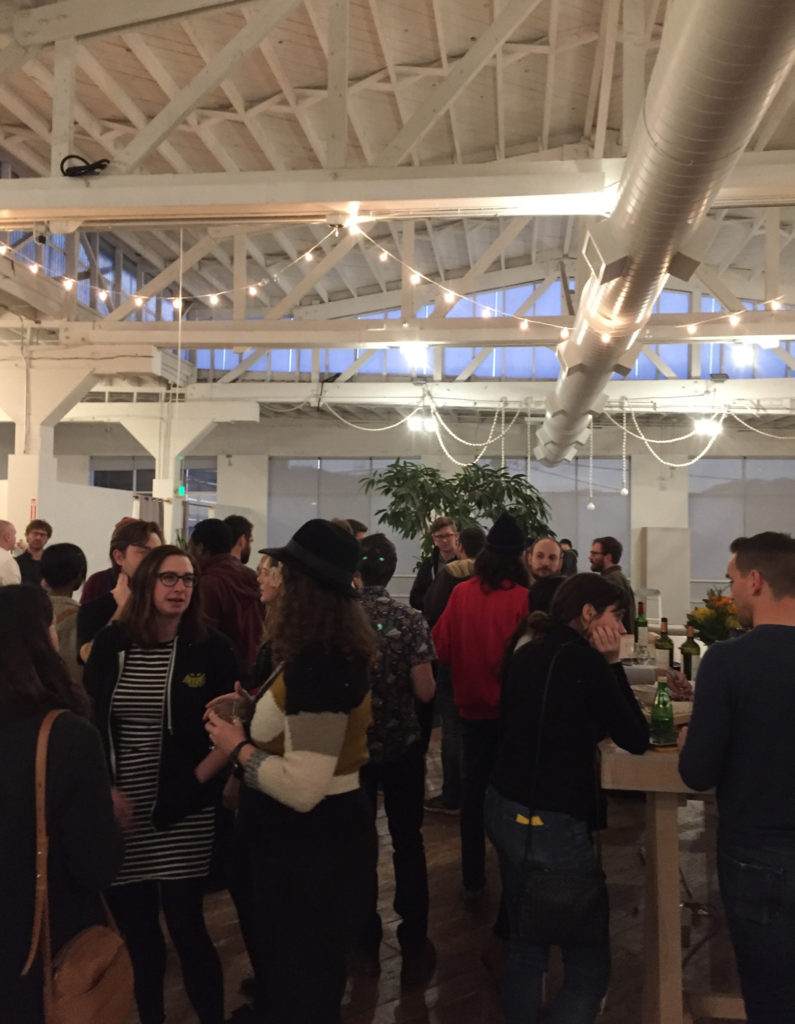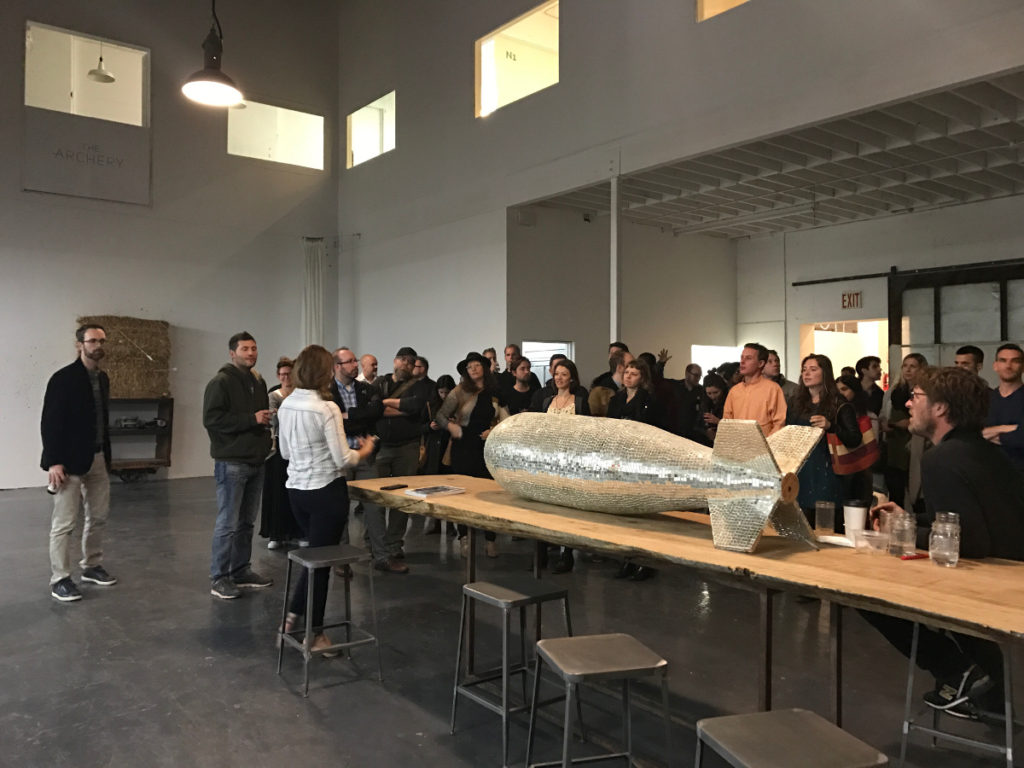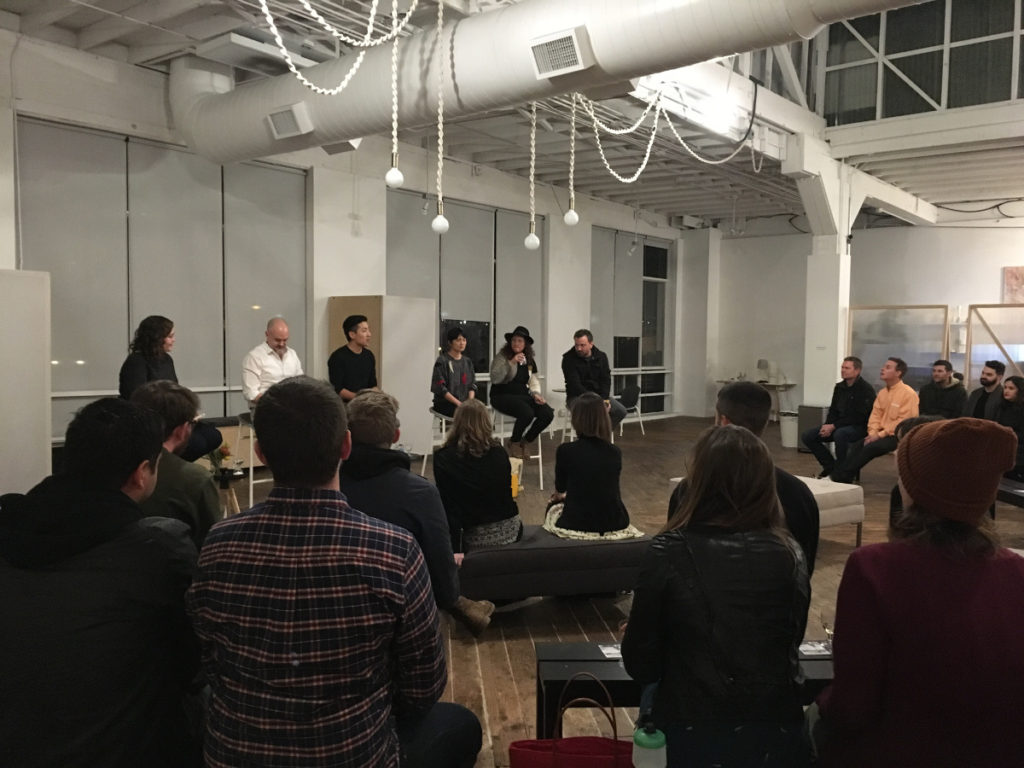Last night BackerKit and Kickstarter held a crowdfunding panel at The Archery, a community-centric space in the industrial heart of San Francisco’s Mission District.
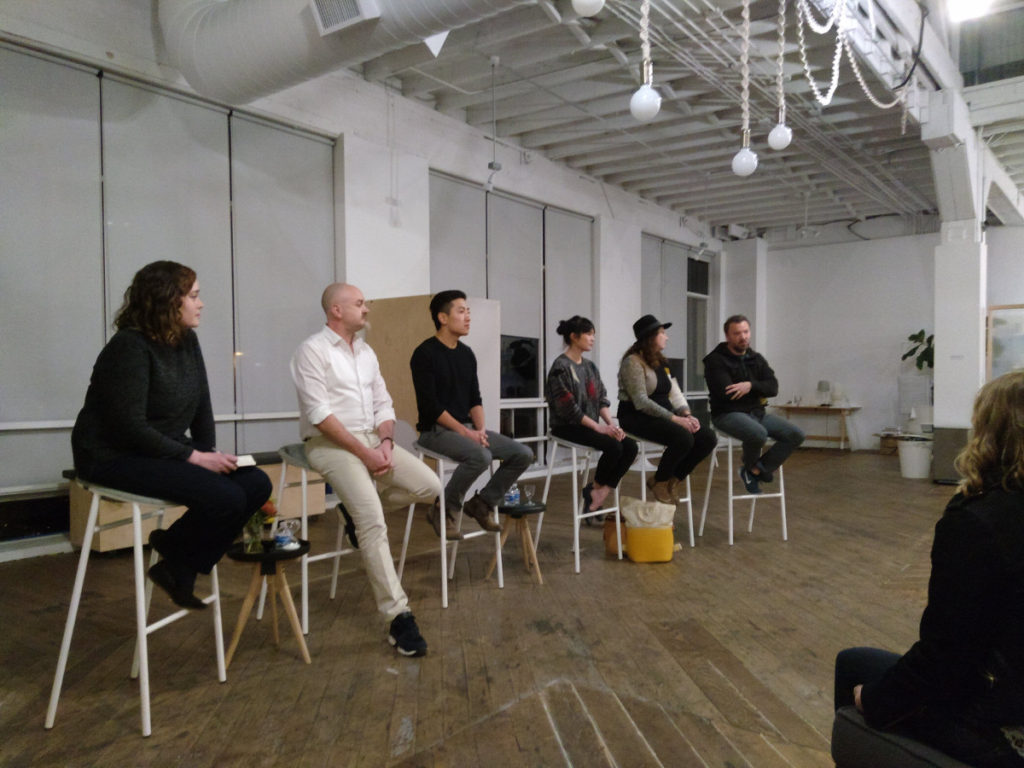
Our panelists, from left to right: Clarissa Redwine, Greg Long, Eddie Lee, Rosanna Yau, Emily Nathan, and Zane Lamprey.
The Archery is a one-stop shop for creative production. Its members have access to a workspace, prototyping shop, and retail showroom, so makers can devise the concept, ideation, prototype, production and fulfillment of their product in a central hub. There’s also a commercial-grade kitchen, a Kestrel coffee roaster, and a light-filled space for professional photography shoots. It’s an exquisite, light-filled space — no Instagram filter necessary!
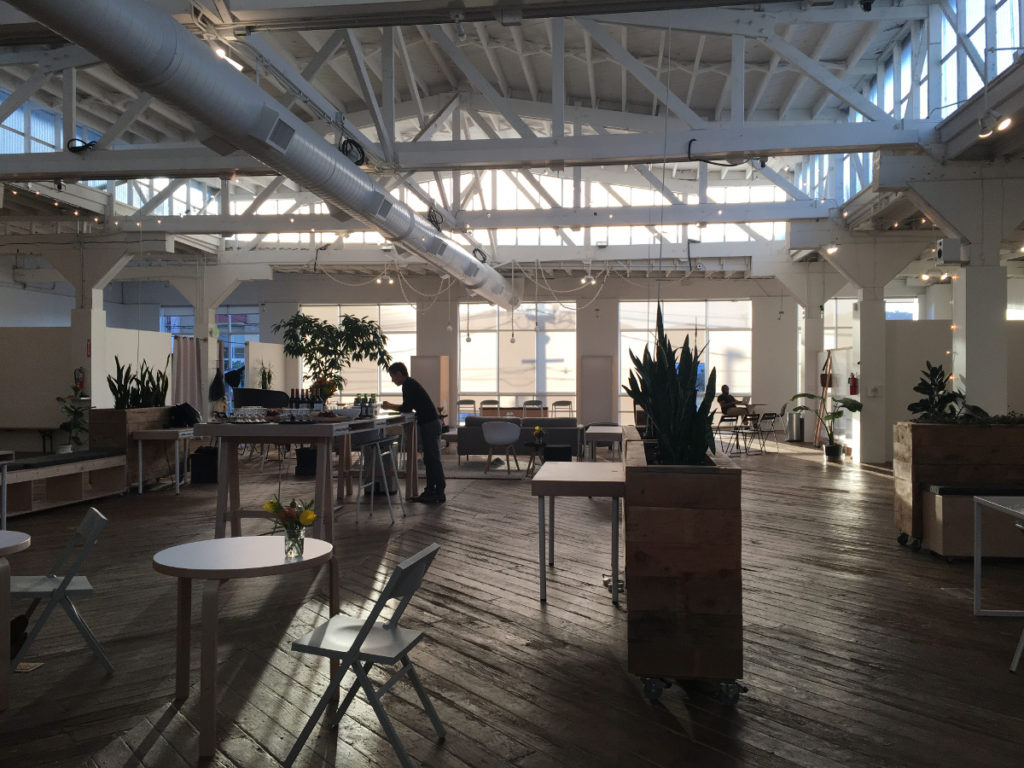
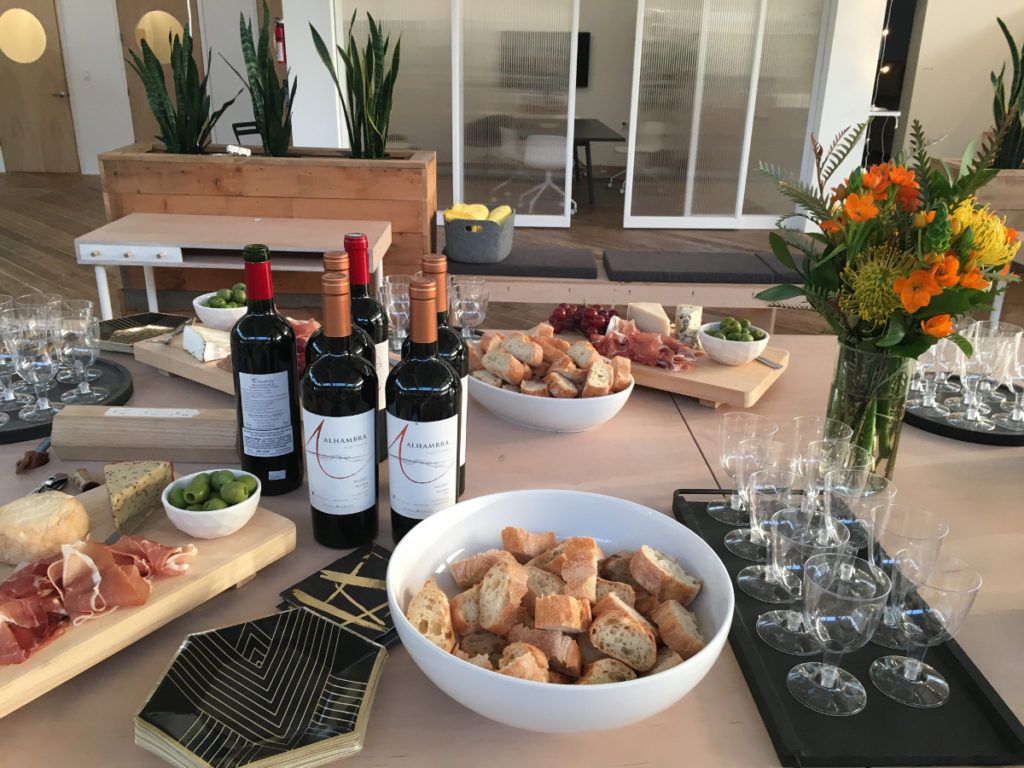
The panel discussion focused on what happens after you reach your funding goal, and the obstacles project creators face when communicating with backers about delays, producing their product, and shipping it in a timely fashion. Even for crowdfunding veterans, the process can seem like a never-ending learning curve.
Talking Points
After some mingling over cheese and wine and a tour of the space, the panel began with each member talking about their crowdfunding experiences. Kickstarter’s West Coast tech lead Clarissa Redwine moderated proceedings, while GAMAGO creative director Greg Long, Podo Labs co-founder Eddie Lee, TV travel show host and outdoors apparel-maker Zane Lamprey, Tiny Atlas Quarterly co-founder Emily Nathan, and BackerKit’s own Rosanna Yau shared their post-funding triumphs, interactions with backers, and fulfillment war stories. After an hour of spirited conversations, the audience jumped in for a dynamic Q&A session.
If you couldn’t make it, don’t worry — we’ve curated a selection of insights from the panel for your reading pleasure.
Don’t Ghost Your Backers
Zane Lamprey emphasized the importance of reminding backers of their “emotional connection” to the campaign. “It’s always good to remind people that there’s a person there that they can talk to, rather than just a robot that they can vent their problems to.”
Ghosting backers is a big no-no in crowdfunding campaigns. All panelists agreed that silence is not golden when it comes to keeping backers happy. “Communicate often,” Rosanna Yau said. But she also stressed to project creators that angry, vocal backers are usually a minority. “For every one rager, there’s 20 that love you guys,” Yau said.
Receiving complaints from backers can be “mortifying”, Nathan said. “So much of making a product is about the customer experience.” She said that most crowdfunding campaigns focus on the creator — the videos and the campaign copy are “a monologue for the creator” — but it’s important not to lose sight of the customer and community that support your project and what you owe them. Angry backers are often placated by a project creator’s acknowledgement of their situation, which can be easily conveyed in an empathetic email.
If there’s one takeaway, Podo Labs’ Eddie Lee said, it’s to “be prepared to be honest and open and real — and have a thick skin”.
Think of constant communication as a part of brand-building, Redwine said. “It makes your life easy in the short term because backers are more likely to trust you and give you valuable feedback, and also it makes them remember you in the future.
Do the Math
GAMAGO’s Greg Long shared his experience with fulfillment and third-party logistics: do your research early and factor the outlay into your cost structure. Long said third party logistics firms could be “notoriously opaque with costs”, and that project creators should factor that into their budgets. “If you’re using 3PL, it’s typically going to cost 12% of your wholesale price,” he said.
As a result, fulfillment can wind up taking a significant bite out of a project creator’s gross profit. Long mentioned that partnering with 3PL companies in China or Amazon could help project creators save on distribution costs.
“Even if you starting small, you should always be thinking — what happens if I become a larger company? You need to build these fulfillment costs into your budget, because it’s a big concern,” he said.
Lee suggested that project creators visit different 3PLs in person to fully understand what services were being offered, as well as compare prices, which could be highly variable.
Watch Out for Shipping Surprises
Nasty surprises can often surface during the fulfillment phase. Even if you meet all your manufacturing and production deadlines, it’s prudent to “expect the unexpected”, as Lamprey advised. Having a sizable buffer on shipping costs and delivery — in terms of finances and time — gives project creators some breathing room in the event of any unforeseen obstacles.
Lee would “not ship around Christmas”. The first Podo Labs campaign had promised Christmas shipping to its backers, and all looked promising initially — the company had managed to get all of their packages out the door by the USPS cut-off date. As it turned out, “it was a nightmare,” Lee said, “because they only really care about their largest clients. Packages arrived late, and backers weren’t happy about it.
When prompted to discuss other unexpected problems, Lee shared a story about how his fulfillment company randomly selected a package for a quality assurance check, only to find a rogue orange fruit where a Podo should have been. The Podo Labs team had to briefly delay its delivery date until it could be confirmed that packages contained the correct items.
Acknowledgements and thanks
BackerKit would like to give a special shout-out to Kickstarter, the team at The Archery, and our engaging and knowledgeable panelists: Greg Long, Eddie Lee, Emily Nathan, and Zane Lamprey. Last but not least, we’d like to thank everyone who came to the event, networked, and asked questions. We hope to see you again soon!
